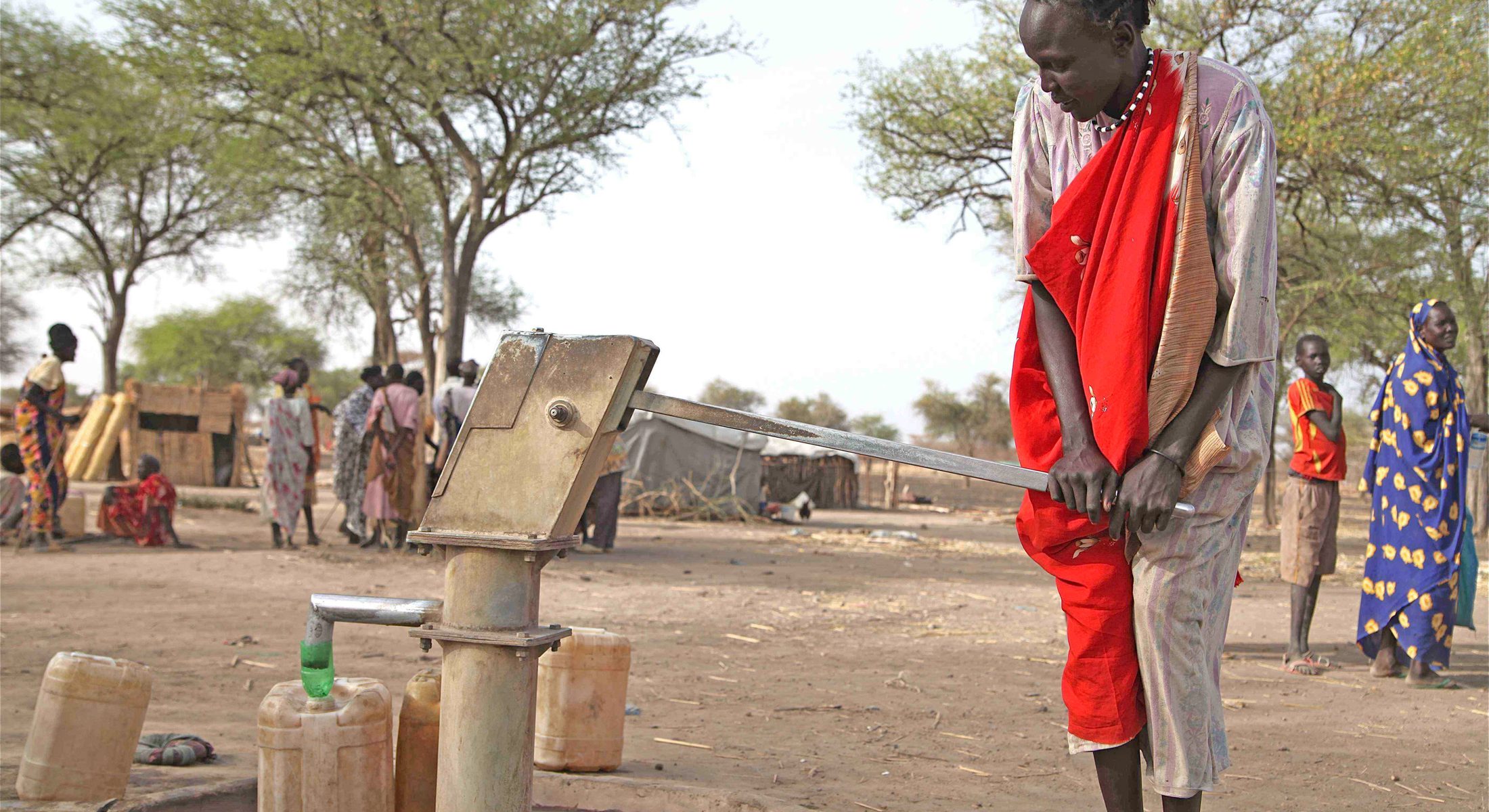Protection
The relationship between protection and the environment

The relationship between protection and the environment
The 'Quick guides' contain key guidance on environmental issues relevant to six sectors of Food Security and Agriculture Sector, Basic Needs Sector, Health Sector, Education Sector, Protection Sector and Livelihood Sector of humanitarian response to population displacement. They underscore the opportunities to minimize negative environmental impacts during humanitarian action.
This study published by Evidence on Demand reviews a selection of materials on the environment and humanitarian interventions, including disasters and conflict. It considers various actors in the field of environment and humanitarian response, as well as existing knowledge development for managing environmental concerns during humanitarian interventions…
This study, published by Evidence on Demand provides an overview of the key reasons that environmental and climate change issues are relevant in the context of humanitarian action.
This UN Environment graphic overview highlights the links between gender-based violence and environment…
These guidelines help people in the field to understand the human rights dimensions of their work in disaster response while giving them practical examples and operational steps about how some of these seemingly abstract concepts may be implemented.
The IASC Guidelines promote a rights-based approach in situations of natural disasters by laying out operational guidelines for humanitarian responders…
This latest report on Green Jobs maps the green economy in Brazil, supporting the development of strategies that UNHCR can adopt to further the labour integration of Venezuelan refugees and migrants in the country. The study aims at quantifying and locating green jobs in Brazil, understanding the labour situation…
This study, conducted in 2019, focuses on the definition of climate vulnerability with operational and political perspectives and delivers guidelines for assessing climate vulnerability in long-term crises, such as in conflict-affected countries and recurrent disaster-prone areas. The research draws on an extensive academic literature review in the fields of biology,…
Sphere recently published a new resource that offers hands-on guidance to practitioners looking to consider environmental issues in their humanitarian programmes. It is the first in a series of thematic sheets that will discuss some of the core issues in humanitarian response. [caption id="attachment_2417" align="aligncenter" width="633"] Photo: Kate Holt/IRIN[/caption]…
The Brookings Bern Project on Internal Displacement paper discusses differences and similarities in the protection of people affected by natural disasters and by conflict, delineates some of the obstacles to effective protection, and describes a framework for protection response, the Inter Agency Standing Committee's Operational Guidelines on Human Rights in…
Women's Environment and Development Organization study on the relationship between Gender and Biodiversity, also relevant for protection cluster…
How UNHCR covers Age, Gender and Diversity. Provides valuable follow up information on topics indirectly related to environmental factors.
The Rohingya Humanitarian Crises highlights the close link between protection and environmental factors. The chapter on protection calls for protection planning that takes into account environmental factors.
This safety requirements publications by IAEA aims to strengthen preparedness and response for nuclear or radiological emergencies.